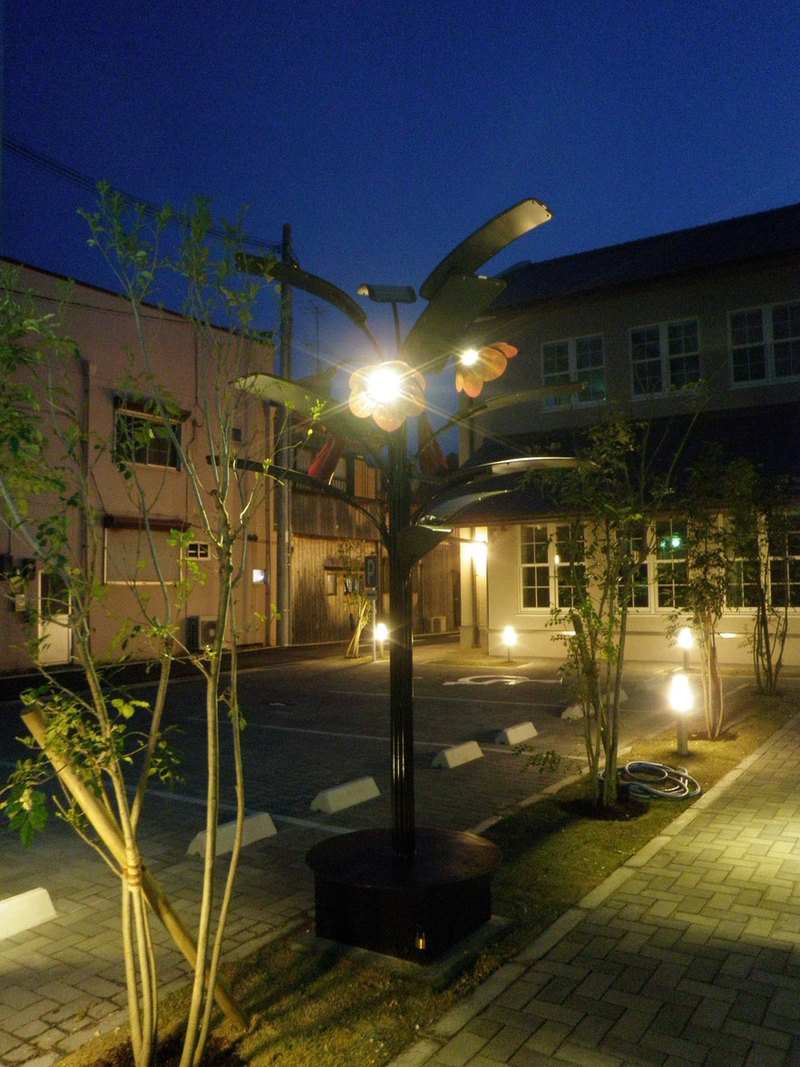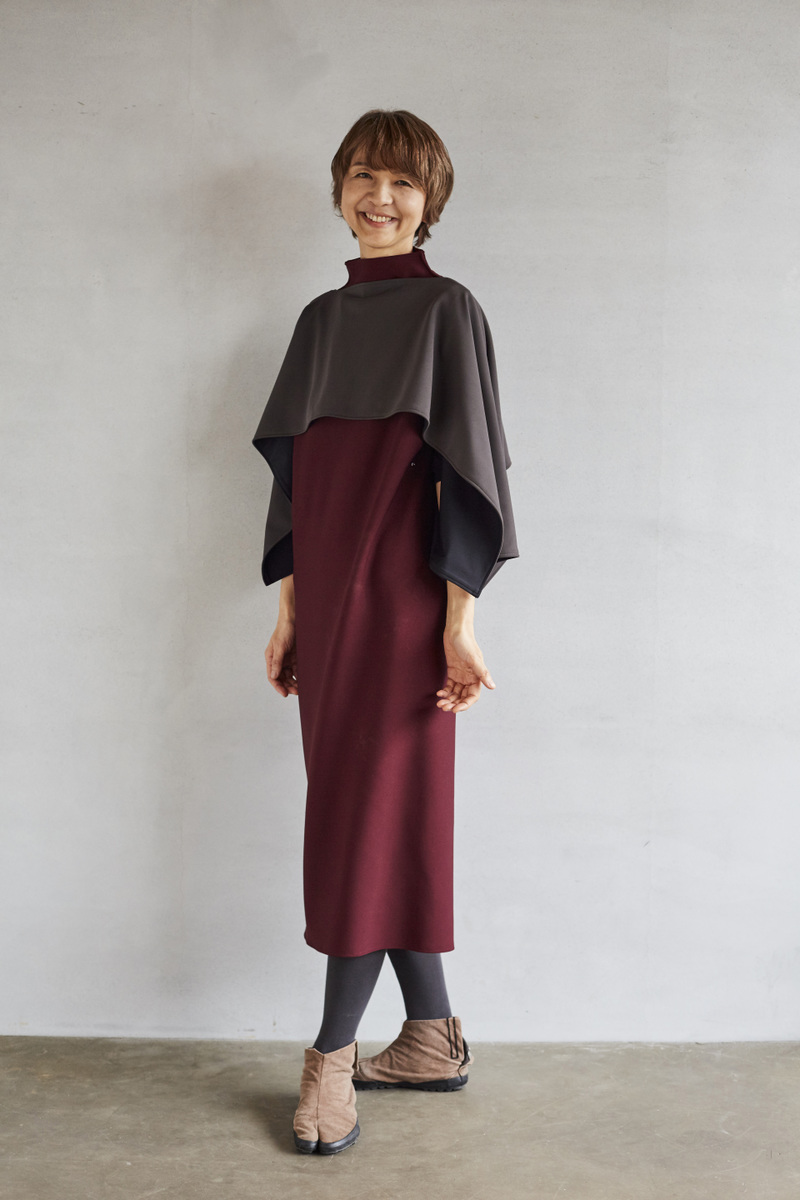Interviews

Living Room Bloom: The Solar Powered Flower Lights Up Living Spaces (Part 1)
Sonoe Hanazono
Sonoe Hanazono, selected for the 2020 INNO-vation Program’s Disruptive Challenge, had been working on the practical application of solar power’s beauty.
Interviewer & Japanese Writer: Yamamoto Takaya; Translation & Editing: Matthew Cherry
Sonoe Hanazono and her Solar Powered Flower were selected to take on the 2020 INNO-vation Program’s Disruptive Challenge. This mechanical flower takes in sunlight just like photosynthesis and stores it in the solar panels installed in its leaves. Once night falls, the flower’s petals begin to slowly open. This results in a magnificent robotic decorative plant.
Hanazono originally worked as a licensed architect and had experience designing the layouts for facilities and residential buildings for local communities. It was through her work that she felt something a little off about the solar panels often placed on the rooftops.
“If [the panels] were originally intended to be part of the building design I wouldn’t mind it so much, but I often found that they spoiled the atmosphere because they were put on after the building was completed. I really think solar power is a wonderful thing, but I just couldn’t get over the fact that the panels were often placed in such a contrasting way to the design of the building. I thought there must be a way to charge solar power in a different form,” Hanazono recalled.
That’s when she had the perfect idea: plants! A lover of greenery herself, Hanazono’s home is decorated from top to bottom with lush plant life. If you think about it, plants are professionals at gathering sunlight. They also have a big difference from solar panels in that they take in sunlight from all directions. Whereas solar panels are usually placed facing south, plants photosynthesize light from all around, adjusting their position based on the time of day and the season. “If you want the most efficient way to charge solar power in a 1 square meter area, I think it’s best to take a hint from the shapes and behaviors of plants,” Hanazono explained. “I essentially wanted to create a solar power system that mimicked plants.”
Hanazono then created the concept of “solar plants” that would generate electricity after being planted in a garden. Solar panels would be spread out just like a plant spreading its leaves, and the stored electricity would then be used to bring light to the plants. The orientation and angle of the solar panels reflected research into the way plants’ leaves grow and turn, which led to more efficient energy storage.

One variation of the Solar Plant, Housenka (2010)
The Solar Plants received favorable critical reception as an eco-friendly system and were installed in locations such as bank parking lots to serve as night lights. Although this was good in Hanazono’s eyes, the Solar Plants were intended solely for outdoor use. She wanted to create something that she could place inside her own home, much like her decorative plants.
Soon after, Hanazono learned of a solar panel manufacturer that produced panels that generate electricity indoors. Ordinary solar panels generate electricity solely from sunlight, but these new panels could work with indoor, artificial lighting. “I thought if I used these panels, I could potentially make a houseplant-style solar-powered device,” Hanazono explained. She took this idea and applied to the INNO-vation Program. Her first attempt to make it into the program wasn’t accepted, but after brushing up the concept a little, she was finally selected for the Disruptive Challenge on her third try.
In Part 2, we’ll ask her directly about her development in the INNO-vation Program.
Continued in Part 2

Sonoe Hanazono's Profile

